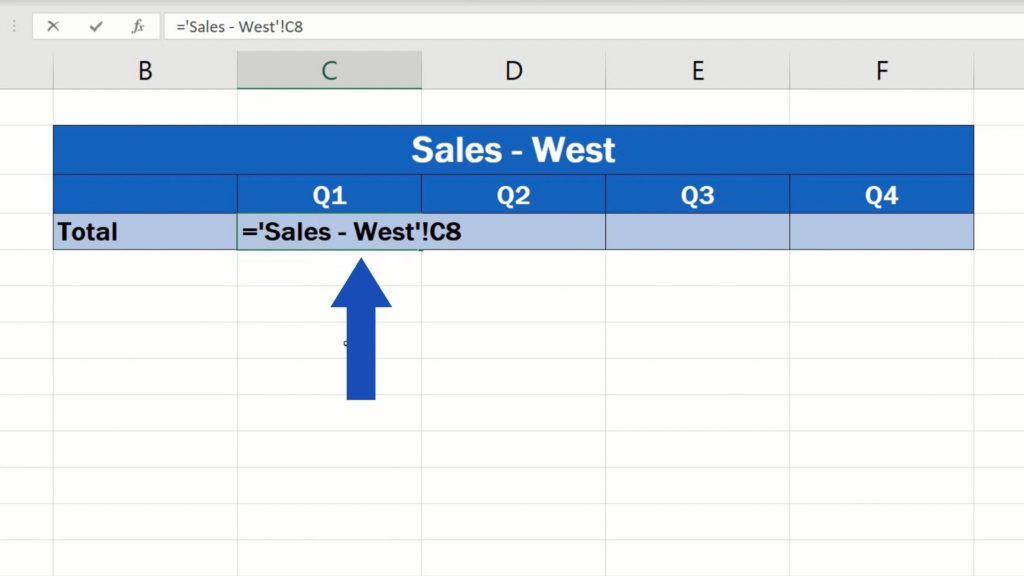

They play an important role at eradicating cancer cells and in shaping the response of adaptive immune cells. Finally, we will discuss possibilities to overcome the suppressive impact of the TME and to restore efficient tumor immune surveillance.Īs part of the innate immune system, NK cells have the ability to lyse virally infected and malignant cells. Next, we will describe their interaction under physiological conditions and within the TME. In this review, we will first give a short overview about the biology of DCs and NK cells. That is why the presence of both DC1s and NK cells within the TME is primordial, and their interaction represents a potential target to improve the efficacy of cancer immunotherapy ( 2). In order to overcome the suppressive effect of the TME on NK cells and DCs, the bidirectional crosstalk of NK cells and DC1 plays a very important role in the coordination of immune responses against cancer. Moreover, DCs may even switch from a tumor-inhibiting to a tumor-promoting subtype within the TME ( 7). The latter have the ability to suppress the anti-tumor activity of DCs and NK cells as well as their ability to promote each other. The tumor establishes an immune suppressive environment by the secretion of immune suppressive cytokines and chemokines, by metabolic acidification ( 6), by the recruitment of immune-regulatory cells, such as regulatory T cells (T regs) and myeloid-derived suppressor cells (MDSCs), by affecting the polarization of macrophages as well as by up-regulation of immunosuppressive proteins including ligands for immune checkpoint (ICP) receptors, such as PD-L1.

However, it is known that tumor cells develop highly efficient mechanisms to impair the functionality of NK cells and DCs to escape immune surveillance in order to ensure their own survival.

This allows a better tumor control, patient survival and improved therapeutic responses ( 4, 5). Within the TME, conventional type 1 DCs (cDC1s) show a bidirectional crosstalk with NK cells, increasing the selective recruitment of cDC1 together with their differentiation, and maturation as well as NK cell activation. Moreover, when DCs and NK cells encounter each other, they are able to promote each other's activation, maturation, and functional activity ( 3). NK cells and DCs are currently used for immunotherapies to treat tumor patients, for NK cells exhibit the ability to directly eliminate tumor cells without prior sensitization, while DCs are able to initiate an immune response by presenting antigens and inducing tumor-antigen specific CD8 + T cell ( 2). While circulating NK cells are efficient at identifying and eliminating tumor cells, DCs bridge the innate and adaptive immune system via the uptake of tumor cell debris and the subsequent presentation of tumor-specific antigens to T cells ( 1). Here, we summarize our current knowledge on the role and interaction of dendritic cells (DCs) and natural killer (NK) cells in the tumor microenvironment (TME). Tumor surveillance is achieved by a complex interplay of the components of the innate and adaptive immune system. In addition, we will provide suggestions to overcome the immunosuppressive outcome of the interaction of DCs and NK cells within the TME. One focus is the crosstalk of various DC subsets with NK cells and their impact on the progression or inhibition of tumor growth. In this review, we will discuss recent findings on the interaction of DCs and NK cells under physiological conditions and within the TME. While NK cells are well known for their intrinsic anti-tumor activity by their cytotoxicity capacities and the secretion of pro-inflammatory cytokines, the role of DCs within the TME is a double-edged sword as different DC subsets have been described with either tumor-promoting or -inhibiting characteristics. As part of the innate immune system, DCs and NK cells are both present within the TME of various tumor entities.

These include the identification of strategies by which tumor cells escape the immune system or establish an immunosuppressive tumor microenvironment (TME). Despite these promising accomplishments, various challenges remain to be mastered in order to ensure sustained therapeutic success. In addition, numerous other adoptive cellular products, including natural killer (NK) cells, are currently evaluated in early phase I/ II clinical trials for the treatment of cancer patients. Cellular therapy has entered the daily clinical life with the approval of CAR T cell therapeutics and dendritic cell (DCs) vaccines in the US and the EU.


 0 kommentar(er)
0 kommentar(er)
